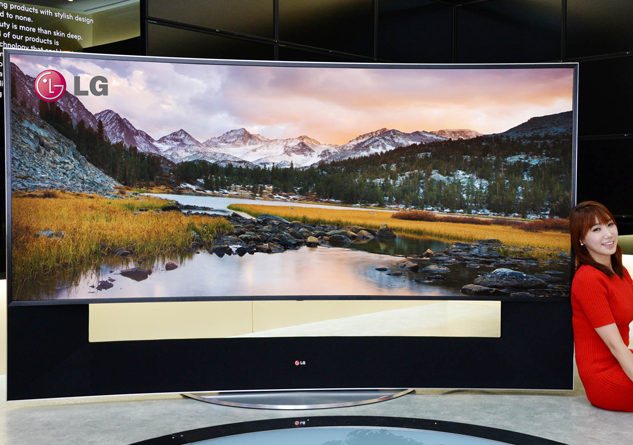Shelly Palmer
Ultra HD (aka 4K) televisions have been widely available (at reasonable prices) for only a couple of years. The sets have four times the pixels of good old-fashioned HDTVs (aka 2K) and come in practical sizes up to 7′ diagonal. That’s all great, but with the advent of 4K HDR (high dynamic range), about 10 million first-generation 4K sets may experience an extinction-level event. So, should you buy one?
Like its Ultra HD predecessor, 4K HDR (aka Ultra HD Premium) has 3840×2160 pixels. But collectively packaged under the HDR specification, 4K HDR sets feature several enhancements for your viewing pleasure, including whiter whites, blacker blacks, and a zillion more colors (that’s a technical term).
What Exactly Is 4K HDR?
It took the industry a while to reach consensus. In 2014, the Ultra HD Alliance (UHD-A) was formed to establish voluntary minimum 4K performance criteria. There were lively discussions about exactly what the “H” in HDR stood for, what the “W” in WCG (wide color gamut) stood for – that’s the “zillion more colors” I referenced above – and how to set the minimum requirements for a 4K HDR set to sport the “Ultra HD Premium” logo.
Do I Really Need a 4K HDR Ultra HD Premium TV?
It doesn’t matter if you think you need a 4K HDR set or not. Soon, you won’t have a choice; it’s all anyone is going to manufacture. Until then, here are some general rules to buy by.
If you are purchasing a flat screen, less than 60″ diagonal, you can get a high-quality 2K (regular old HDTV) set and be very, very happy.
The main reason to have lots of pixels is to increase resolution for bigger screens. Once your screen gets over 65″, you will really see a difference between 2K and 4K. If affordable, 4K HDR is the way to go.
Would I choose a 2K HDR monitor (Yes, there’s 2K HDR, and it looks amazing!) over a regular 4K monitor? Under 60″, absolutely! At 75″, I would struggle with the decision but probably still opt for 2K HDR over regular 4K. 2K sets over 75″ (if you can even find one) is a bad idea – you will see the pixels at normal viewing distances.
Still a Long Way to Go
While Netflix and some cable companies offer 4K and HDR content, you may not have enough bandwidth available. To stream Netflix content in 4K, you’ll need a minimum of 15 Mbps; for shows and movies in HDR, you’ll need even more bandwidth (closer to 20 Mbps) Netflix recommends a minimum of 25 Mbps to enjoy Ultra HD (4K) and 4K HDR. Even with the best compression, 4K files are still twice as large as HD files, so bandwidth may become an issue.
4K Ultra HD Blu-ray … Really?
There’s no way to get around this: in the world of 4K, the best picture quality is on 4K Ultra HD Blu-ray discs. These discs (with far more capacity than standard Blu-ray discs) include metadata that tells your TV how to properly interpret color and brightness. I’m not advocating for the format, but this is a great cocktail party factoid.
They’re Selling Like Hotcakes
According to the CTA™, 2016 was a flagship year for 4K TVs, thanks in large part to the rollout of HDR. 4K shipments were estimated at 15 million units (+105% YoY) with a revenue exceeding $12.9 billion (+69% YoY). Most industry experts believe this trend will continue.
A new report from Strategy Analytics’ Intelligent Home Group says around 250 million TV viewers will be able to watch shows in HDR by 2020, when the annual worldwide sales of HDR-enabled TVs will reach 58 million units, bringing the number of homes with at least one HDR-enabled TV to 107 million.






